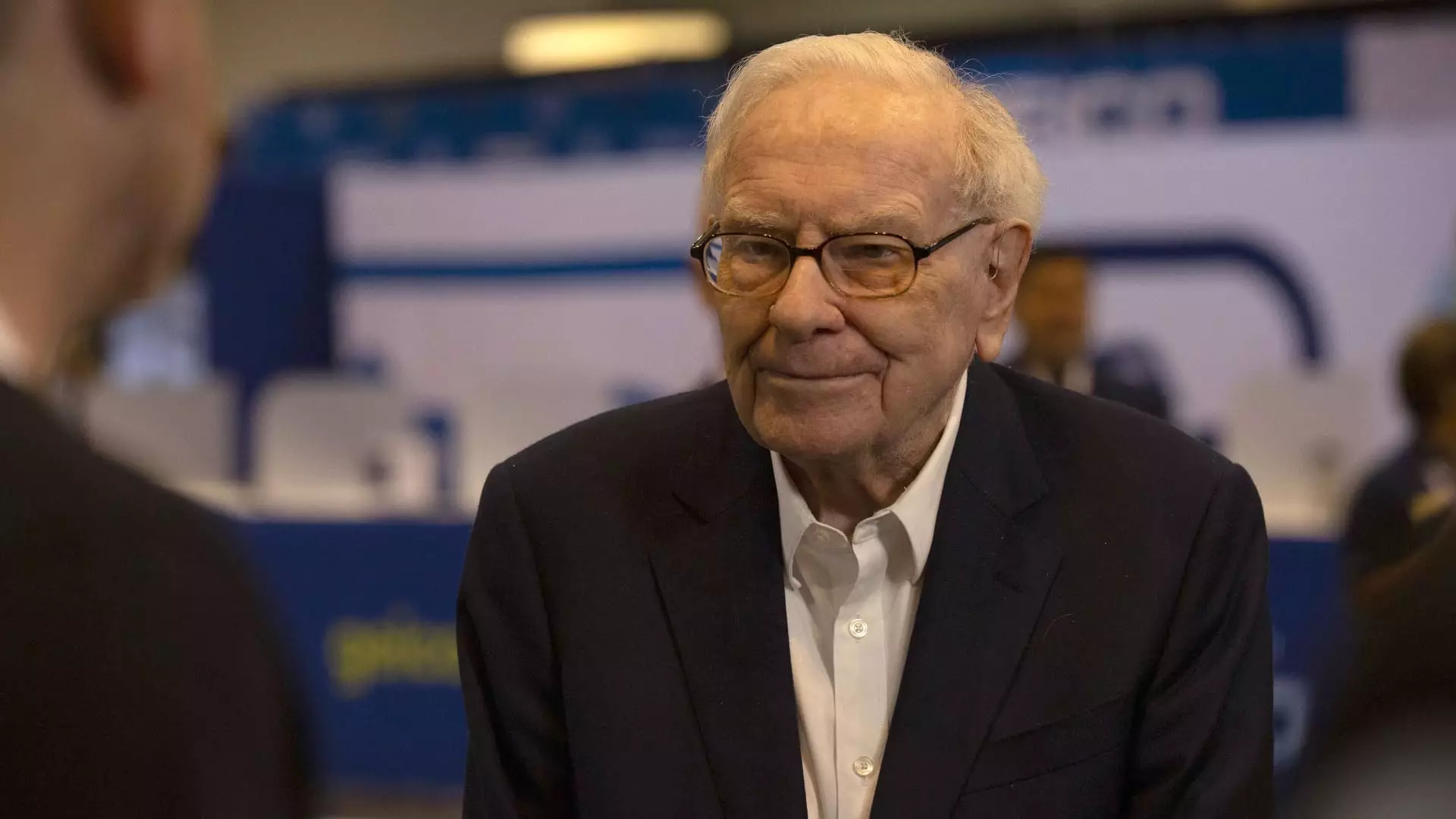Warren Buffett’s Berkshire Hathaway has made headlines recently with its decision to reduce its stake in Bank of America (BofA) to below the pivotal 10% mark. This strategic move, executed through a hefty sell-off of over 9.5 million shares, has raised eyebrows and prompted discussions about what lies ahead for both the company and the broader financial landscape. With three separate transactions conducted between Tuesday and Thursday, Warren Buffett’s iconic investment entity now holds approximately 775 million shares, representing a stake of about 9.987%. This adjustment is significant, as it allows Berkshire Hathaway to evade the stringent reporting requirements imposed by the U.S. Securities and Exchange Commission (SEC) for institutional investors who own over 10% of a company’s equity.
One of the most noteworthy implications of Berkshire’s reduced stake is the change in transparency regarding its future financial maneuvers. The SEC mandates that transactions involving significant shareholders be reported within two business days—therefore, slipping under the 10% threshold strategically positions Berkshire to maintain a veil of secrecy regarding any subsequent sales or acquisitions in BofA. This lack of immediate disclosure could shift not only investor sentiment but also alter market dynamics surrounding Bank of America, especially as the next 13F filing from Berkshire won’t be published until mid-November, covering only the third quarter’s holdings.
Despite Berkshire Hathaway’s divestiture of shares, Bank of America has seen a modest increase of about 1% in its stock value over the past month. This growth can be attributed to the bank’s own share repurchase activities, as noted by CEO Brian Moynihan, reflecting a confidence in the institution’s resilience even amid potential skepticism from major investors like Buffett.
Warren Buffett’s engagement with Bank of America stretches back to 2011, when he invested $5 billion in preferred stock and warrants to restore investor confidence following the subprime mortgage crisis. This bold move not only established Buffett as a foundational supporter during turbulent times but also enabled Berkshire to become the largest shareholder in BofA after converting those warrants into common stock in 2017. Over the years, Buffett has steadily increased his position, adding an additional 300 million shares in subsequent years.
However, a notable shift has occurred in Buffett’s investment philosophy, particularly as he divested from several banking positions, including those in prominent firms like JPMorgan and Goldman Sachs. His cautious remarks regarding banking sector volatility have been telling; he has emphasized concerns over deposit stability in light of crises both past and present. The implications of these banking sector challenges are compounded by advances in digital finance and technology, which can facilitate rapid withdrawals at pivotal moments.
As the financial landscape continues to evolve, Warren Buffett’s actions serve as a crucial barometer of investor sentiment toward the banking industry. While Berkshire Hathaway remains Bank of America’s largest institutional investor, the recent sell-off reflects a pivot that could signal broader caution amid ongoing economic uncertainty. With Buffett’s historical influence and insights into market behavior, investors will be keenly watching his next moves, especially as the uncertainties of banking persist. As industry dynamics shift, the implications of Buffett’s moves—both immediate and long-term—will undoubtedly resonate throughout the financial sector.

